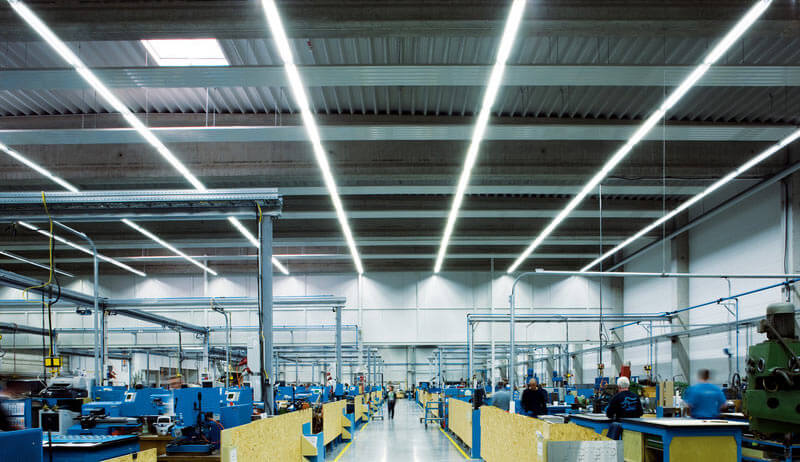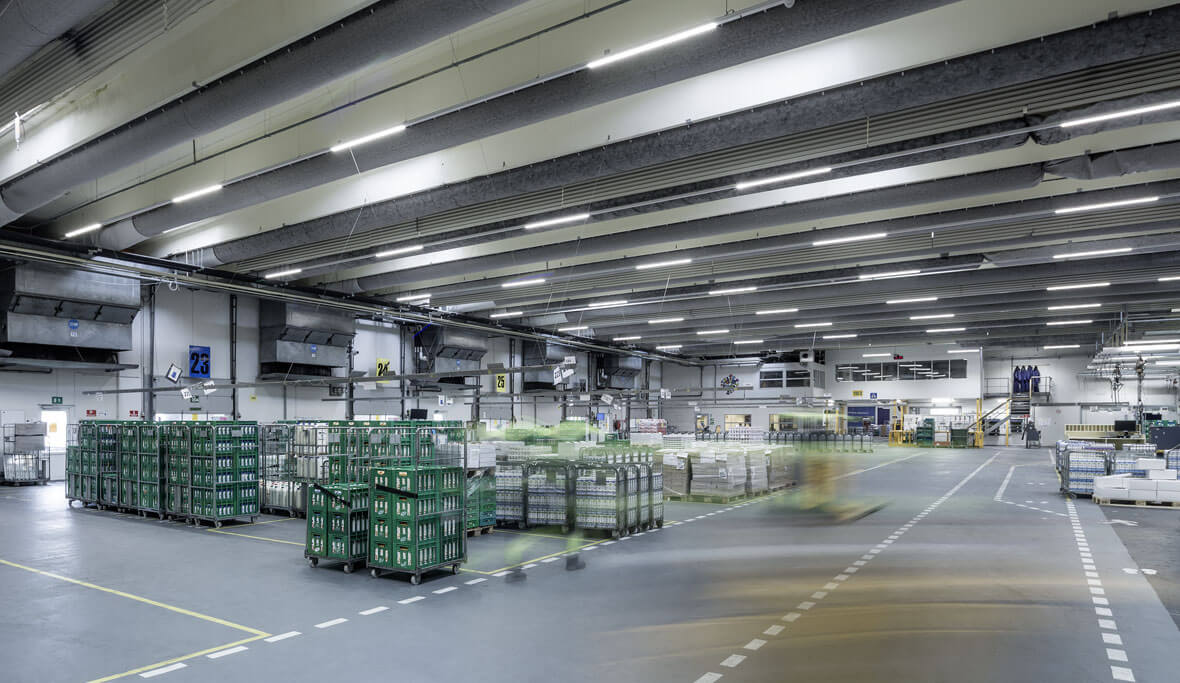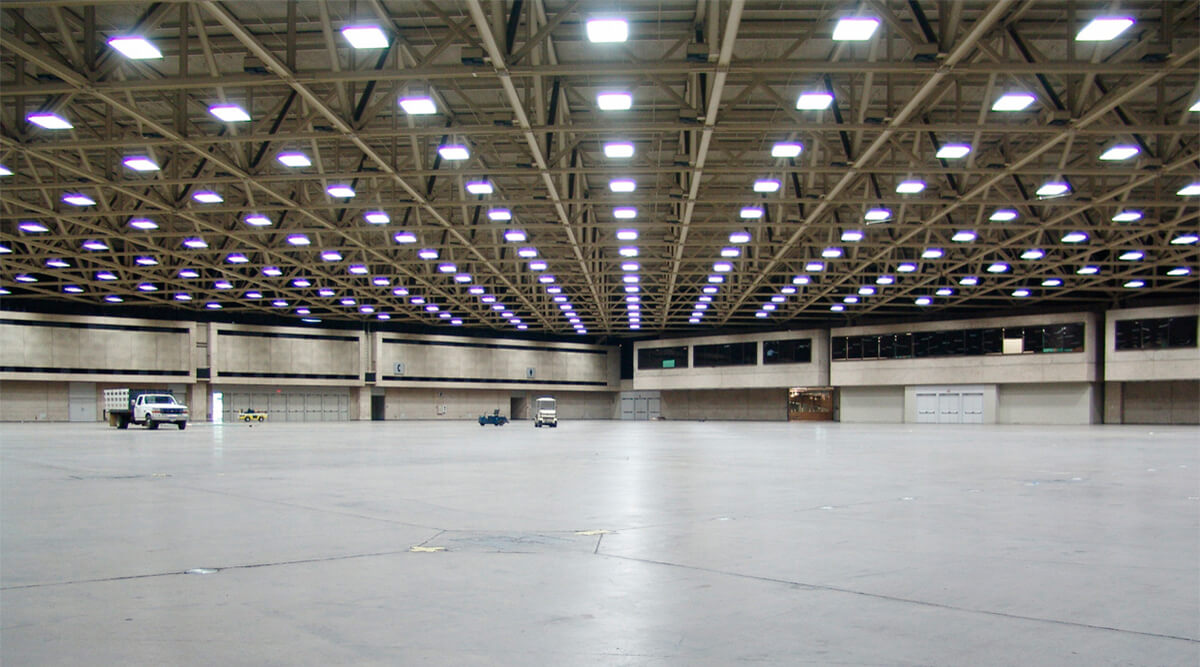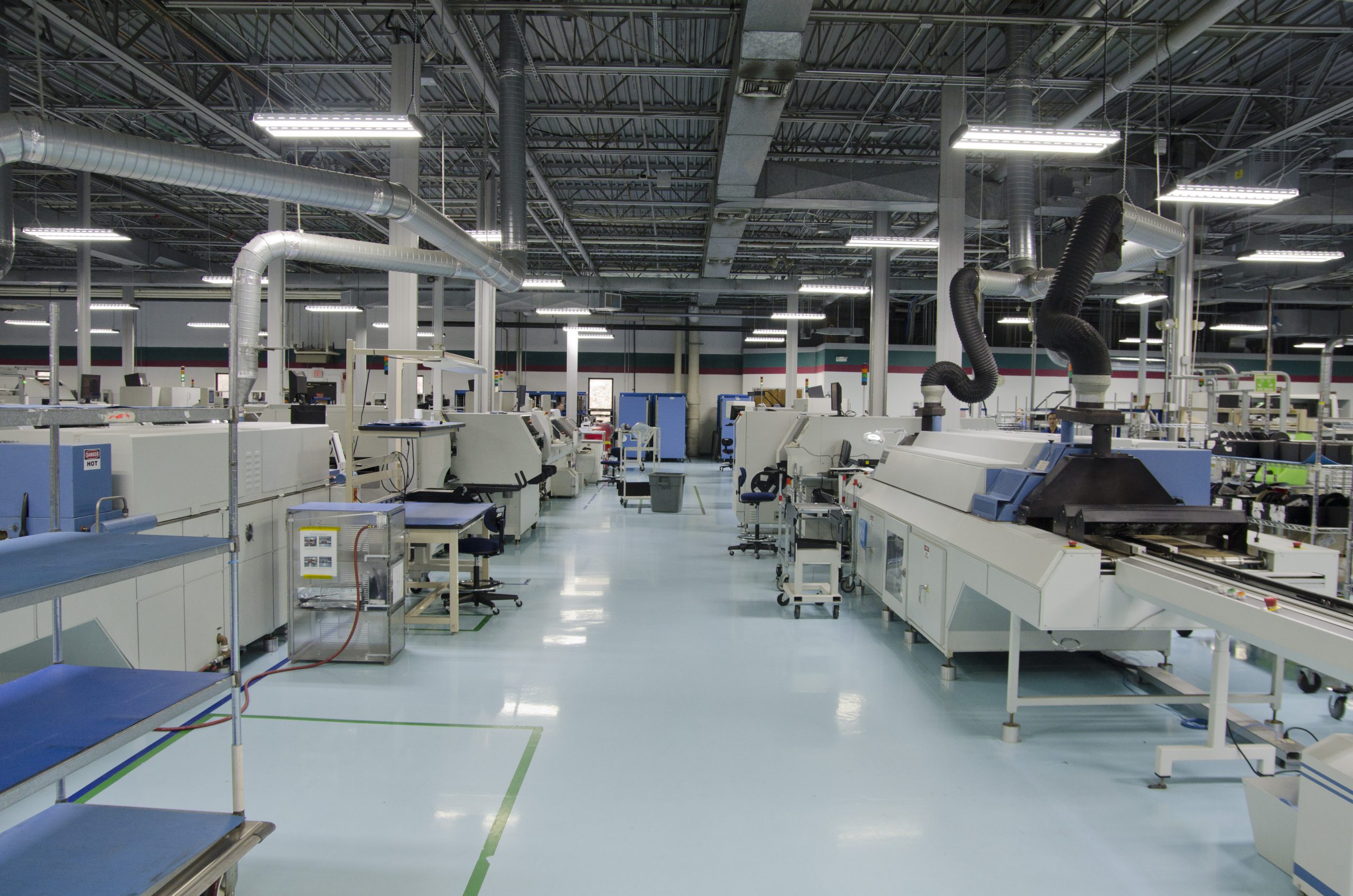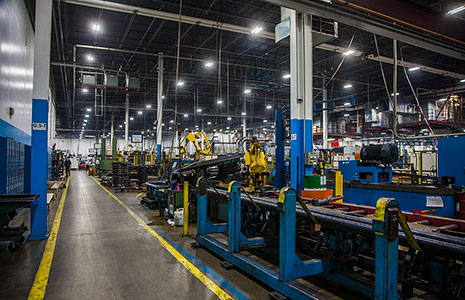Not all manufacturing environments are the same. Some are less forgiving than others. In fact, some are extremely unforgiving. Cement production plants are one example. There are limestone crushing operations, milling machines, and a gigantic hot kiln that rotates. Cement powder is blown through pipes under pressure, and sometimes they leak and spray cement dust into the air. In short, the plants are noisy, full of vibration, hot (in some areas), and sometimes dusty with highly abrasive cement powder. While such an environment can be hard on workers, it’s very hard on the machines themselves.
Good lighting in such a place and in other similarly difficult manufacturing environments is critical to worker productivity and especially to their safety. Unfortunately, old technology lighting such as incandescent and fluorescent lights is innately fragile. Simply put, they are based on a filament or gas encased in a glass bulb or tube. Yes, you can place them out of “harm’s way” such as on high ceilings, but they’re not out of the reach of the intense vibration of these plants, which penetrate the walls and ceilings.
In the case of incandescent lights, most of the electricity they consume turns into heat, which makes an uncomfortable environment even more uncomfortable. In addition, these aren’t the best lights from a worker safety standpoint because they are relatively dim for the energy consumed.
If you’re the plant manager of such a facility, doesn’t it make sense to install rugged lighting that can take the heat, vibration, and other abuses? LED lighting is innately rugged because it’s solid state. It’s essentially a solid diode that emits light. There’s no glass bulbs, shells, or other fragile components. Another benefit is they last substantially longer than other types of lighting.
Unlike incandescent bulbs, LED lights aren’t primarily heat-producing devices that put out a little bit of light. Most of the electricity they consume produces light. This means you have a brightly lit facility that consumes less power for its lighting. It means a safer environment for your hard-working employees.
There are many types of LED lights. Not only can you place them high overhead, you can place smaller lights on the machines or even in the machines. Solid state LEDs resist vibration. Less heat production makes them more desirable from a fire hazard point of view.

